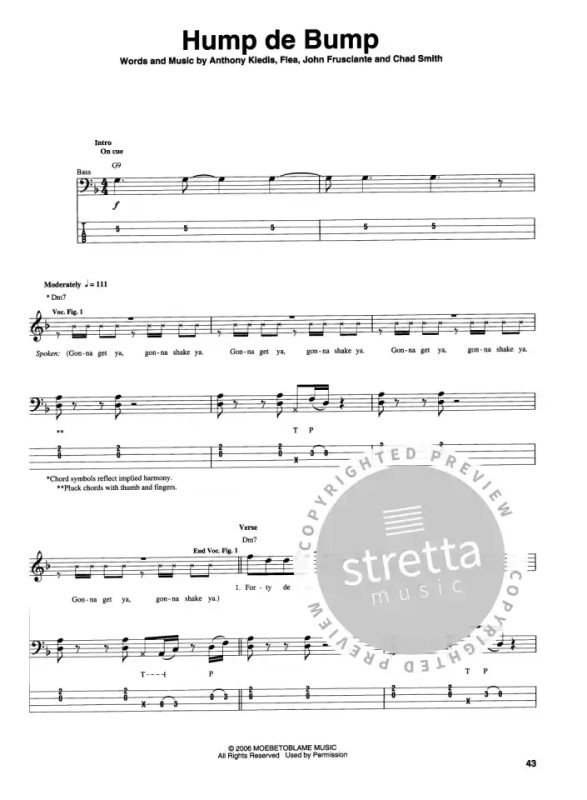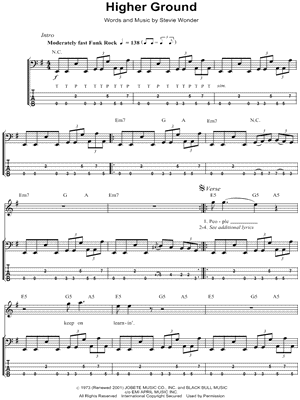
Here are the three things you need to know before learning guitar, under my plan or anyone else’s:ġ. If you don’t have a clear understanding of what these first few weeks will be like, there’s a good chance that you will get frustrated and give up. In order to get past the initial pain period that comes with learning guitar, it’s critical to manage your expectations. In other words, the process for learning that you enjoy the most is the best one, even if it isn’t comprehensive.Ĭomprehensive comes later. I found it most effective to focus on a few easy exercises, while minimizing boredom and pain. Some guitarists proclaim that you need to tackle music theory first, while others will tell you to learn sheet music while you’re practicing chords. Then my friend Jake Ruff taught me two simple exercises that changed everything, and I’ve been able to stick with guitar ever since. I ended up quitting multiple times for a host of reasons: the material was boring, my teacher moved too fast, my teacher moved too slowly, my fingers were killing me, my wrists were sore, I wasn’t making enough progress, and so on. Sadly, I could never stick with guitar practice. For me, I’d always dreamed of playing guitar with the same mastery as Jimmy Page, Allen Collins, or Mark Knopfler.
RHCP HIGHER GROUND BASS TAB SONGSTERR HOW TO
This post explains how to get the most guitar mileage and versatility in the least time…ĭo you have any additional tips, whether for guitar or applying the 80/20 principle to another instrument? Piano, violin, flute, or other? Please share in the comments! Enter CharlieĪlmost everyone has fantasized about performing music in front of a huge screaming crowd at some point in their life. My fascination with guitar wasn’t rekindled until Charlie Hoehn, an employee of mine at the time, showed me the 80/20 approach to learning it. It was simply too frustrating, too overwhelming. From hyperspeed Slayer to classical Segovia, I was mesmerized.īut I never thought I could do it myself.ĭespite tackling skills as esoteric as Japanese horseback archery, I somehow put music in a separate “does not apply” category until two years ago.

The fantasy continued with Guns N’ Roses and the iconic Slash. It started as a kid, listening to my dad play around the fireplace during the holidays.
RHCP HIGHER GROUND BASS TAB SONGSTERR FULL
Because of Part 2's success, it would later feature on various compilation albums just as the full recording.īoth the studio and live versions of the song featured drumming by Marvin Gaye, who had been playing drums for Wonder and other Motown artists and would become a big Motown star in his own right.When will you stop dreaming and start playing? (Photo: Musician “Lights”, Credit: Shandi-lee) The single's success helped Wonder's live album, Recorded Live: The 12 Year Old Genius, reach number-one on the Billboard Pop Albums chart, making him the youngest artist to accomplish that feat. Postman"), and launched the then 13-year-old Wonder to prominence. "Fingertips" was Motown's second number-one pop hit (following The Marvelettes' " Please Mr. By August, the single B-side had reached the top of both the Billboard Pop Singles and R&B Singles charts. The 707 mono features "Sunset" and "Contract on Love". The live version of "Fingertips" was released on as a two-part single, with Part 2 (with the encore) as the B-side.

As Wonder moves into his impromptu encore, the new bass player, Joe Swift, having replaced Larry Moses, can be heard on the recording, yelling out: "What key? What key?" Release The other musicians were caught out, and the bass players had changed over to prepare for the next act on the bill, Mary Wells.

On the night of the recording, Wonder, as usual started to leave the stage and the band went into the exit music, as comedian Bill Murray (known professionally as Winehead Willie) exhorted the crowd to "give him a hand" however, Stevie unexpectedly changed his mind, returning to sing the "goodbye" encore. After a couple of sung verses, each followed by Wonder's brief harmonica playing (solos accompanied only by the audience's rhythmic clapping), Wonder appears to bring things to a conclusion. The edit point that begins "Part 2" of "Fingertips" is when Wonder shouts "Everybody say 'yeah!'", initiating a call-and-response exchange with the audience.

Containing only a few stanzas of improvised lyrics, "Fingertips" is essentially an instrumental piece, meant to showcase Wonder's talents on the bongos and the harmonica. The live version of the song was recorded in 1963 during a Motortown Revue performance at the Regal Theater in Chicago, Illinois. Written and composed by Wonder's mentors, Clarence Paul and Henry Cosby, "Fingertips" was originally a jazz instrumental recorded for Wonder's first studio album, The Jazz Soul of Little Stevie. ( July 2017) ( Learn how and when to remove this template message) Unsourced material may be challenged and removed. Please help improve this section by adding citations to reliable sources.


 0 kommentar(er)
0 kommentar(er)
